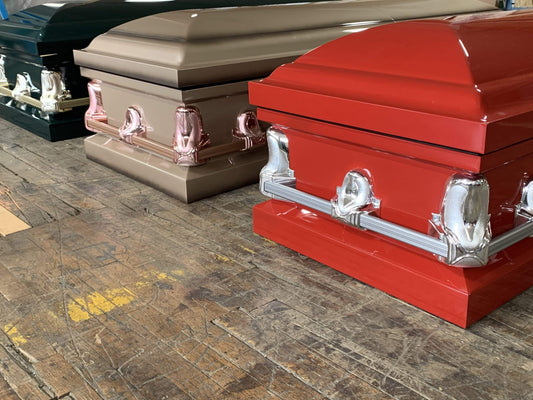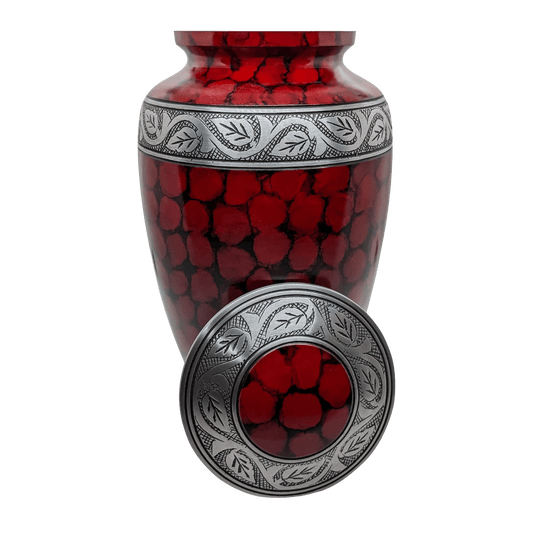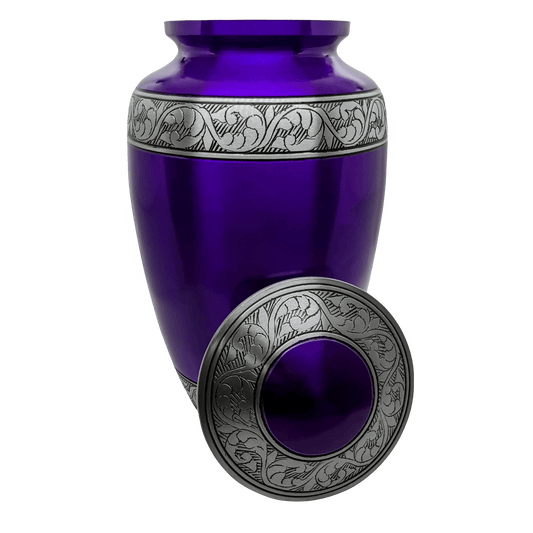In the last few decades, cremation has become a common option for those making arrangements regarding a loved one’s passing. But the concept of cremation is still somewhat mysterious to many of us. What exactly happens when a body is cremated? And how do you and your family know if cremation is the right choice for your loved one?
Before we delve more deeply into how cremation works, let’s discuss some of the reasons why people choose it.
What Are Some Of The Reasons For Choosing Cremation?
The practice of cremation has existed throughout the world for thousands of years, but was uncommon in many Western countries until the mid-20th century. Since then, cremation has steadily become a more customary choice for those determining how to honor the passing of a loved one.
According to the Cremation Association of America, cremation rates in the United States have risen from 31.2% in 2004 to 54.6% in 2019. And the National Funeral Directors Association has estimated that this rate will be closer to 80% by 2035.
There are several reasons why people are increasingly choosing cremation instead of burial. For one, there has been a decrease in recent years in religious burials, and religions that have traditionally opposed cremation have since adopted more relaxed views toward it.
Other common reasons include:
Cost. For many, the choice to cremate a loved one’s remains is based on financial considerations as well as personal ones. Cremation is typically less expensive than burial.
Flexibility. Cremation allows families to choose how and where to store a loved one’s remains, including the possibility of burying or scattering the ashes in a location that holds sentimental value to the deceased. (Bear in mind that regulations apply with regard to scattering ashes, and that these regulations vary from state to state.)
Environmental sustainability. Generally speaking, choosing cremation over traditional burial reduces land usage; although some people opt to have their loved one’s ashes interred, less space is needed to do so. Many companies have also adapted green cremation practices including alkaline hydrolysis, which involves the use of water and potassium hydroxide rather than flames. (Note that this type of cremation is not yet approved in every state; this article discusses flame-based cremation.)
How Does Cremation Work?
- The first step in cremation is to identify the body and complete the appropriate paperwork (including a death certificate and a cremation authorization form). This can be done through a number of providers, ranging from funeral homes to companies whose sole focus is on cremation services.
- Next, the body is prepared for cremation. The steps involved here are similar to the steps involved before burial, including bathing and dressing the body - with the exception that bodies that are to be cremated are not embalmed (unless the family schedules a viewing before the cremation). The preparer takes care to remove any objects from the body that could react adversely to heat during cremation, such as pacemakers or other medical devices.
- The body is placed into a coffin, casket or other container. This container needs to be strong enough to support the weight of the body, and it must also be combustible. Here are Titan Casket's selection of cremation coffins.
- The casket, coffin or container is placed into a retort - a chamber built for cremation that can withstand temperatures of up to 2,000 degrees Fahrenheit. The retort is set to the appropriate temperature before the container is placed inside. Modern retorts feature state-of-the-art heat and air regulation systems and computer-automated controls to ensure that the cremation process is as safe and efficient as possible. The cremation process usually takes from two to three hours. Many funeral homes and cremation centers allow families to view the cremation through a window in an adjoining room.
- Once the cremation process is complete, there is a cooling-off period of about 30 minutes to an hour. The remains (which, while commonly referred to as ashes, are actually bone fragments) are inspected by the retort operator for any additional bits of metal. They are then ground into a fine powder, called cremains, by a special machine called a cremulator.
- The cremains are carefully sealed in an airtight plastic bag and placed in a container (usually an urn) before being given to the deceased’s family members. Amounts vary, but cremated remains generally weigh anywhere from three to nine pounds.
- It’s important to note that choosing cremation does not preclude the possibility of holding a funeral for a loved one who has passed. Families can absolutely opt to have a traditional viewing and funeral ceremony before the cremation process.
Recent advances in technology, as well as financial considerations, environmental concerns, and changing religious viewpoints have increased the popularity of cremation as a method by which to attend to a person's remains. By understanding how the process of cremation works, you can make the decision that is best for your family with regard to honoring your loved one.
Plan Your Farewell with Grace – Our Pre-Planned Caskets Offer Peace of Mind
Regulations vary between jurisdictions. You should consult your local funeral professional for the most accurate and up-to-date information.
Do you have other questions? Titan Casket is dedicated to providing you with the answers you need. Let us be your trusted ally in planning the funeral you want at an affordable, fair price.

![Upgrade to Premium Weight [18-gauge steel]](http://titancasket.com/cdn/shop/products/casketthicknesswithnumbers.png?v=1680642906&width=533)









